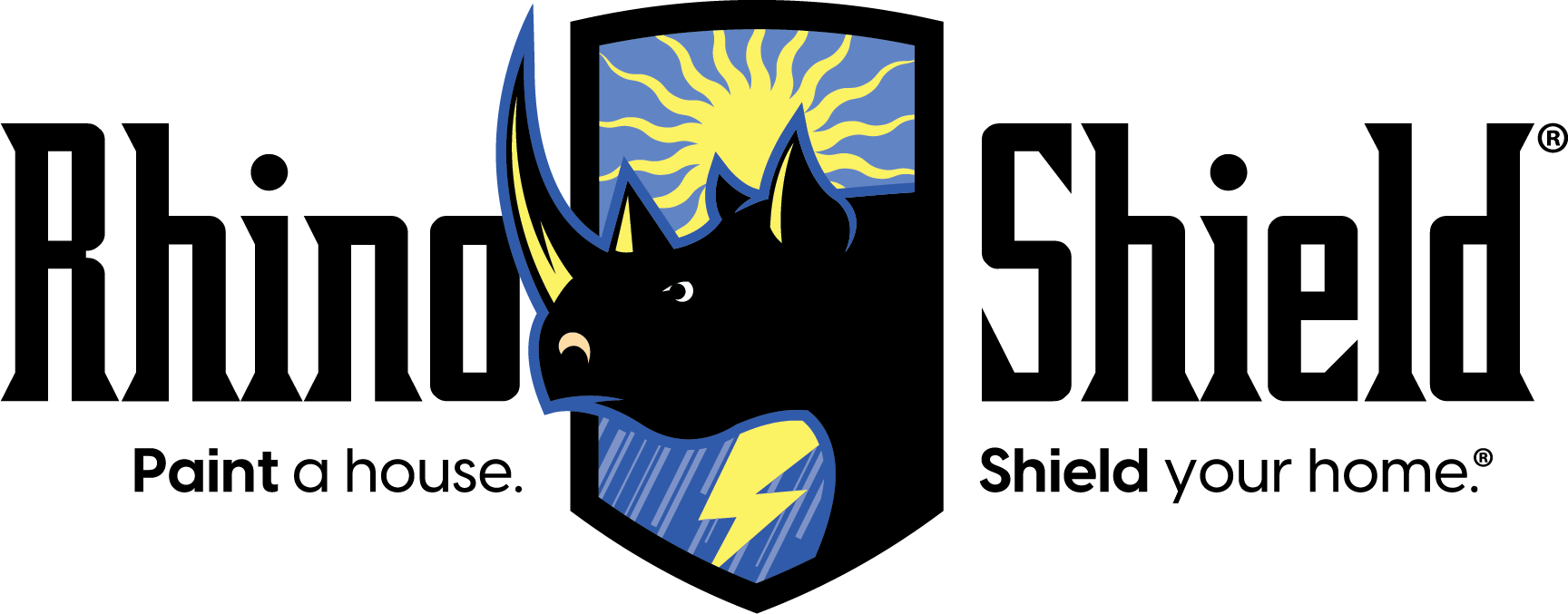How Do I Choose the Right Paint Color for the Outside of My House?
February 26th, 2024 | 5 min. read
By admin
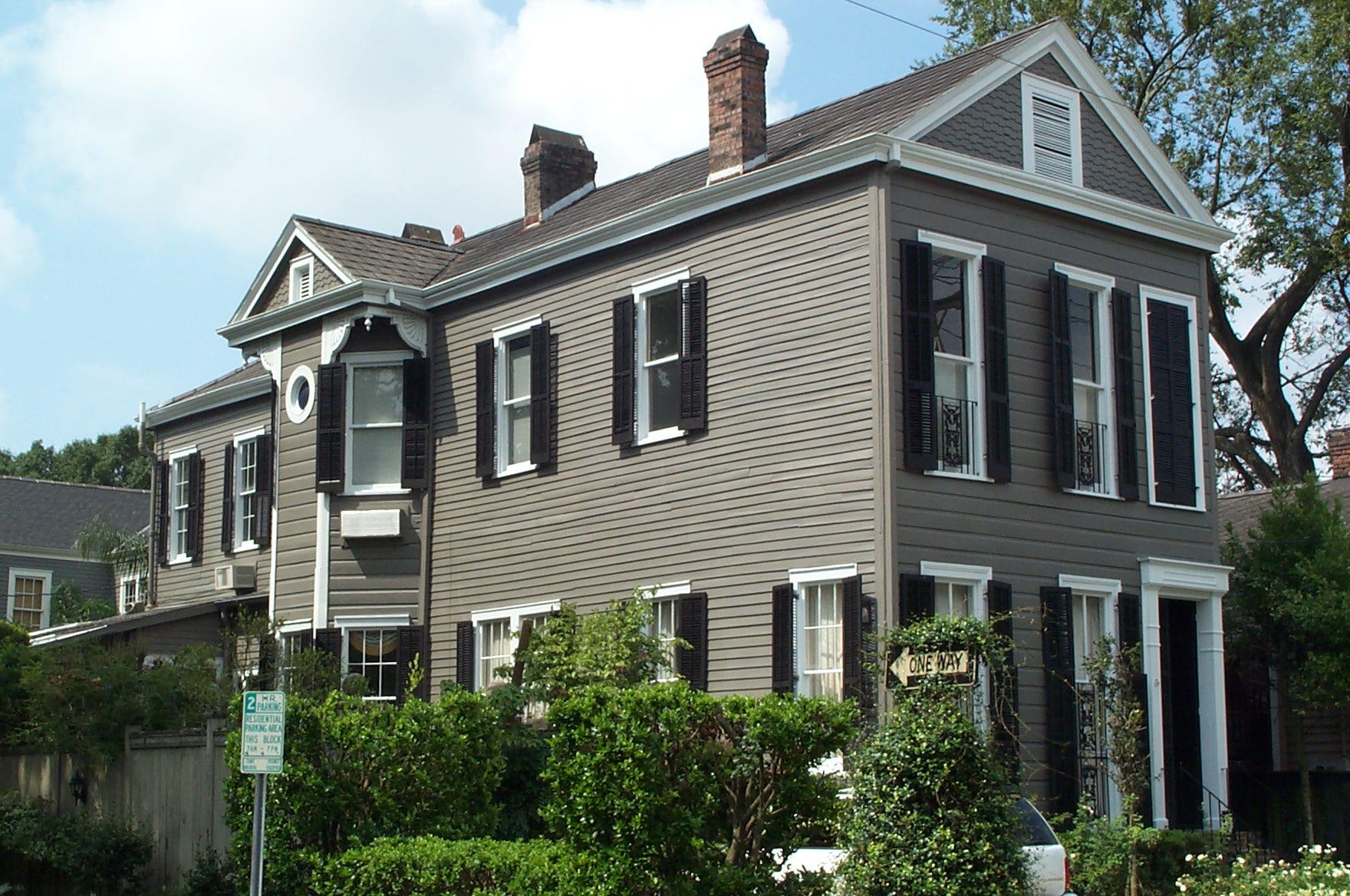
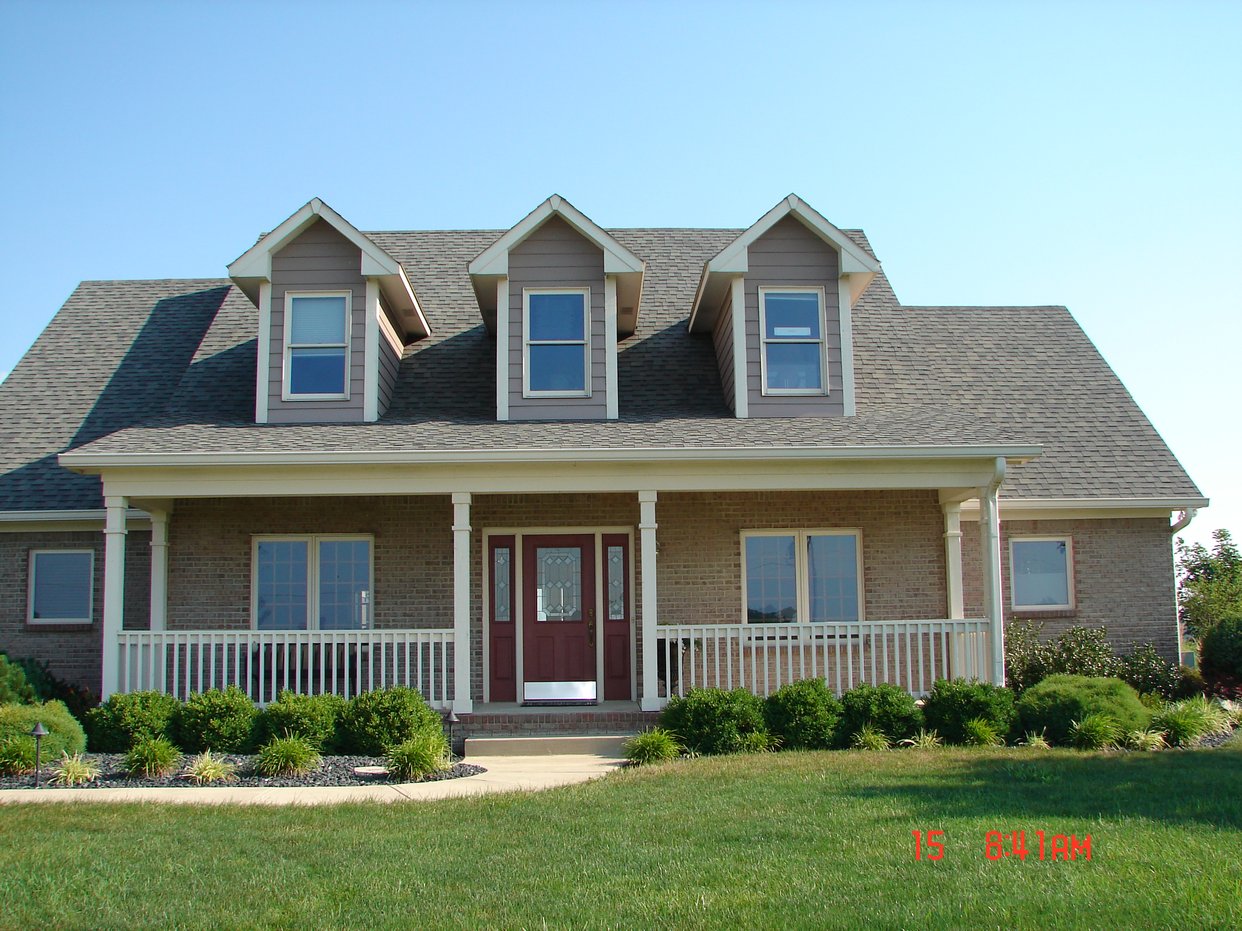
Choosing the perfect color for the exterior of your house is not just about picking a single shade that catches your eye; it's about crafting a harmonious color palette that enhances the overall look and feel of your home.
At Rhino Shield, we coat thousands of homes every year, and some of the most common questions we get are, “How do I choose the right paint color for my specific house?” and “What are all the factors to consider when making my decision?”
In this guide, we’ll answer both questions honestly. We hope that this will help you get through the process of choosing the ideal colors for your home's exterior. Let's break down the essential considerations step-by-step.
Understanding the Three-Color Scheme
When considering exterior paint, the question isn't merely "How do I pick the right paint color?" but rather, "How do I pick my three colors for the outside of my house?" Most exterior paint schemes revolve around three main colors:
- A body color
- A trim color
- An accent color
The body color is the primary hue that covers the majority of your home's exterior surfaces, such as siding, brick, or stucco. The trim color—typically darker than the body color for added contrast—is used for door and window trims, fascias, columns, and soffits. Finally, there will sometimes be a third color called the accent color, which is where the most variation happens due to preferences. It can be applied to shutters, doors, and railings. These three colors should complement each other while creating a cohesive look for your home's exterior.
Most any time that a professional helps a homeowner with color options, they present options based around a combination of two to three colors. If the painter is giving you variations beyond this standard, they are making it too complicated, and odds are, the end product will look worse.
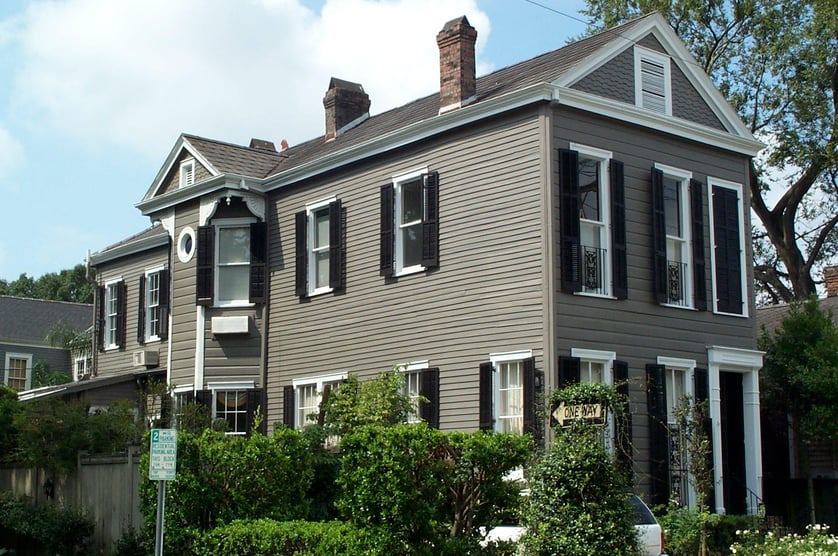
Consider the Material of Your Home
The number one factor that will affect what colors you put on the outside of your home is the material it is constructed from. For example, the type of colors you’d want for a stucco home are going to be different from the ones you’d want for brick because each material has its own unique look and feel, ones that only certain types of colors complement well.
This is why it’s always your best bet to get an experienced painting consultant who can give you a few color combination options based on the look and material of your house. At Rhino Shield, our certified dealers not only can give you color recommendations for your specific home, but we also offer a color fan deck that you can look through if you’d rather pick all on your own.
Choosing between a few pre-listed options created by a professional is far easier and yields better results than trying to come up with the colors yourself. However, if choosing the options yourself is something you feel you must do, there are online tests, such as this one, that gauge your ability to see different shades of color accurately, which is essential for constructing color combination options. If you score less than 100%, odds are you should let a professional handle the creation of color sets.
Take Your Roofing into Account
When choosing your colors, the roofing of your home is the next most important factor. This is simply because there are far fewer color options for roofing than there are for paint. For example, asphalt shingles only come in about eight colors. So, it's essential to select colors that harmonize with your roof rather than clash with it.
Beware of Some Color Trends
Color trends online can be a great way to get quick and easy inspiration for your color combination choice. However, watch out for some of them. In recent years, there’s a trend that has kicked off that entails painting buildings and some homes in very dark colors, sometimes almost black. This is something we would never recommend and advise against. This is because dark colors react with the sun in detrimental ways.
Darker pigments will absorb more heat, not only damaging the paint and decreasing its longevity but also making your walls hotter, thus increasing A/C energy costs. If your painter recommends a very dark shade or is fine with you picking one, you probably shouldn’t go with them. This is especially true if you live in the south. While our Rhino Shield ceramic coating is UV reflective and mitigates a substantial amount of heat absorption, we still try to avoid very dark shades. Opting for lighter, more muted colors can help mitigate these issues while still achieving a stylish look.
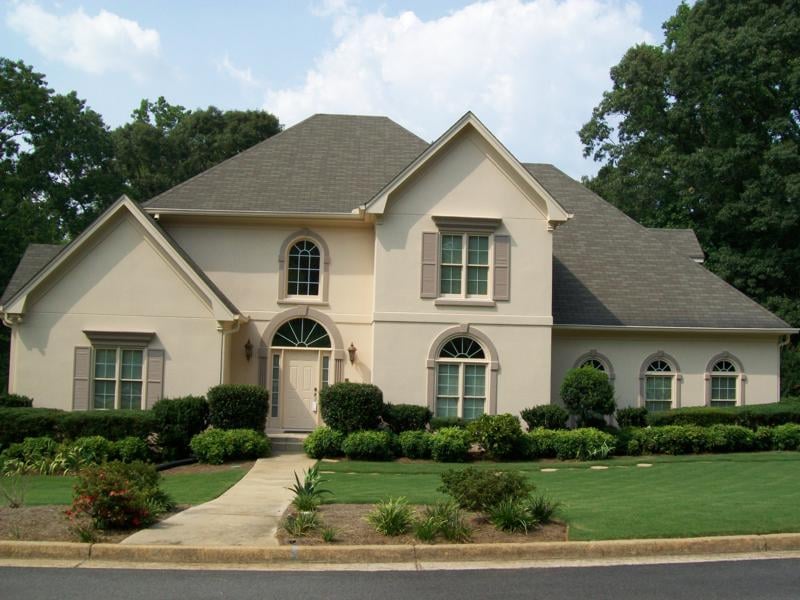
Consider the Surrounding Landscape
The surrounding landscape, including nearby trees, bodies of water, and the overall topography of the land, should influence your color choices. On top of that, consider the region's climate, as certain colors and styles are more suitable for specific climates. For example, in warm weather climates, you’re more likely to have lighter colors. In a desert climate, you’re likely to have more earth tones like browns and tans.
Additionally, color-coordinating with your neighbors can give your neighborhood an overall better look and feel. The color of the home next to you will always affect the way you perceive the color of your own home, so your neighbors’ colors should always have some consideration in the process. However, even if coordinating with them is something you care about, this does not mean you should copy their exact colors. Ultimately, your specific home comes first. You can still be creative and independent while respecting the other colors around you.
Neighborhood Guidelines and HOA Restrictions
Some neighborhoods have specific color guidelines enforced by homeowners' associations (HOAs). Believing this will not allow them to get the right look they want, many homeowners come to us with concern. We always tell them the same thing: No matter the limit, we can find colors perfect for your home.
Limiting options is not necessarily a bad thing, as oftentimes, it makes the narrowing down process easier and gets you great options faster. Since there are so many colors and shades, narrowing them all down can be very difficult. Neighborhood limitations can sometimes be necessary to give you and your painting consultant a manageable number of variables. Not to mention that the limitations oftentimes only bar the absurd colors that usually don’t look good on any home.
Opt for Muted Colors for Longevity
In general, muted colors tend to fare better on exteriors as they are less prone to fading from UV exposure. Bright, vibrant colors may fade more quickly, leading to more frequent repainting. For instance, a vibrant red will fade quicker than most other colors.
However, our Rhino Shield exterior coating’s UV reflectivity and low thermal conductivity counteract this effect substantially. If you want a sheen or a less muted color, by going with Rhino Shield, you won’t have to worry about fading nearly as much as you would with traditional paint.
Test Before You Commit
Before making a final decision, it's crucial to test your chosen colors in different lighting conditions and times of the day. Your professional painter can provide samples for you to view in the morning, day, and evening to ensure you're satisfied with the appearance. Additionally, consider using online visualizers, such as the one we offer on our website here, to experiment with color combinations before painting.
It’s important to keep in mind that once the paint goes on your home, you’ve paid for it. So, before you make the decision, it’s imperative that you know exactly what it’ll look like with the new paint.
Conclusion
Choosing the right color for the exterior of your home involves careful consideration of various factors, including:
- The material your home is made from
- Roofing
- Surrounding landscape
- Neighborhood guidelines
- Personal preferences
By following these steps and seeking guidance from a professional painting consultant, you can create a stunning exterior color scheme that enhances the beauty and curb appeal of your home for years to come.
If you’d like to get a free, no-obligation quote from us at Rhino Shield, you can fill out the form below.

